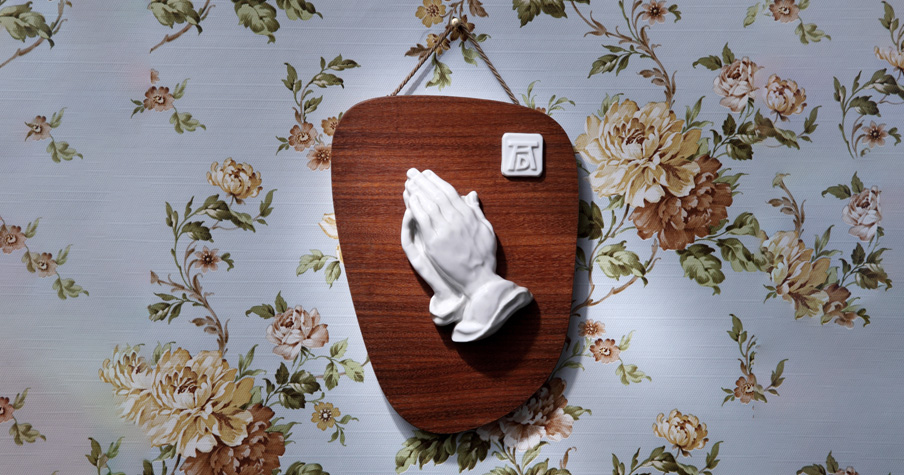
Plainpicture/Thordis Rüggeberg
Sometime in the mid-20th century, the so-called Serenity Prayer captured the hearts and minds of millions of people around the world. It’s uncomplicated and surprisingly deep. In America, the prayer was popularized by Alcoholics Anonymous and plastered on walls, coffee mugs, and assorted trinkets. Debates raged over the author and its provenance, with some people claiming it to be an ancient text.
But 20 years ago, editor and publishing executive Elisabeth Sifton wrote The Serenity Prayer: Faith and Politics in Times of Peace and War, confirming that her father – the famed theologian Reinhold Niebuhr – was the author.
Sifton says that people often laughed when they learned Niebuhr had never copyrighted the prayer and missed out on a financial windfall, something Sifton says her father never would have done, dismissing such talk as an American desire to get rich.
Instead, she says he was stunned that the prayer became popular. Sifton writes that her parents’ friends were even “amused by the irony of having the austere Niebuhr associated with the feel-good Hallmark sentimentalities.” And, yes, she says the greeting card company asked to use the prayer.
Since he wrote it, people have written additions, which while simple and powerful Sifton dismisses as “not in any way Niebuhrian” due to their message and tone.
Niebuhr, a pastor, groundbreaking theologian, activist, and professor at Union Theological Seminary, wrote the prayer in 1943 for a church, during the height of World War II. The prayer “came out of, and was affected by, the challenges and dangers of a very difficult, fractured time,” Sifton said.
The prayer, she wrote, “distills the essence of hope and effort that animated my father and some of his closest friends in their lifework,” fighting against fascism, bigotry, and injustice.
The prayer, as she records it, is here:
God give us grace
to accept with serenity
the things that cannot be changed,
courage to change the things
that should be changed,
and the wisdom to distinguish
the one from another.
When Sifton wrote the book in 2003, she said “civil society seems even more fractured” than when her father wrote the prayer. She noted the prayer was for such times: “Living in history, living in full, always offers as much despair as hope, as much danger as possibility. So it is no wonder that so many millions find daily strength and resolve in praying” it.
Given how the world has changed since she wrote those words, the prayer is worth another look today.